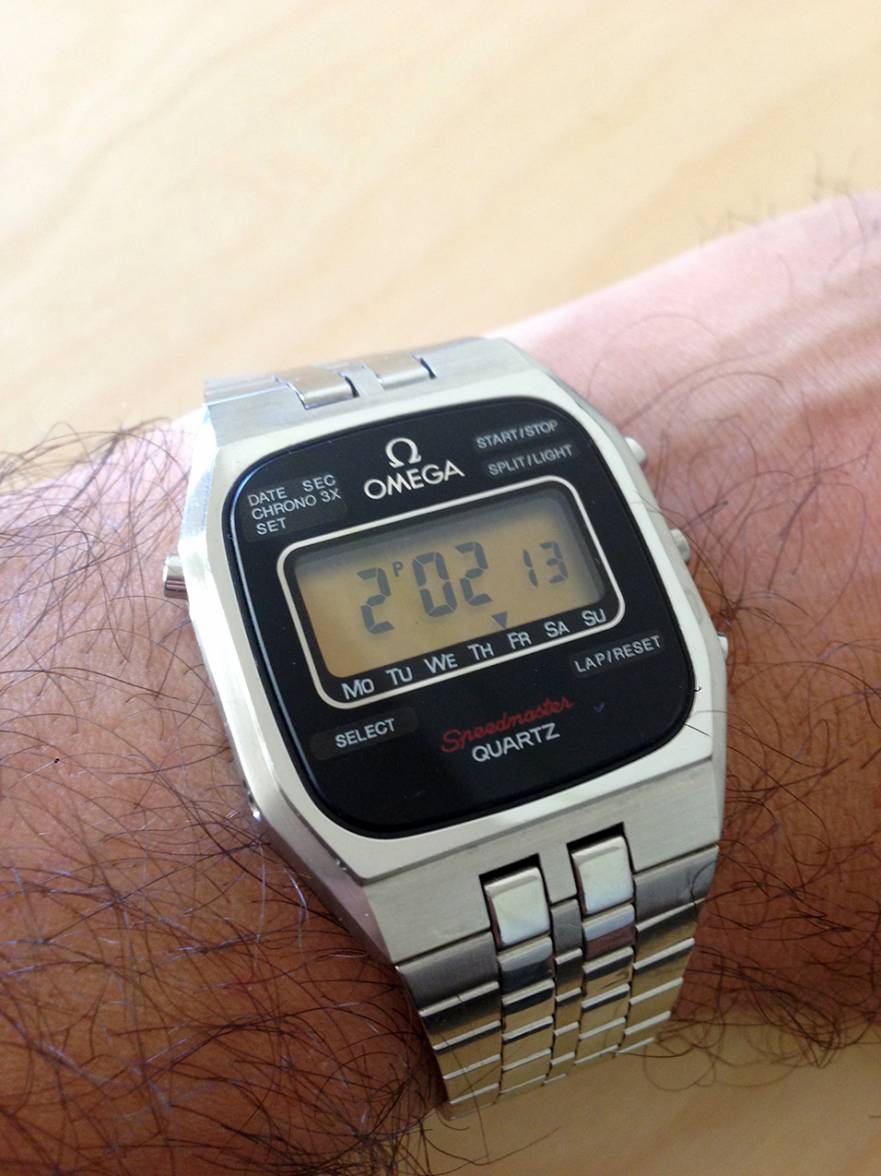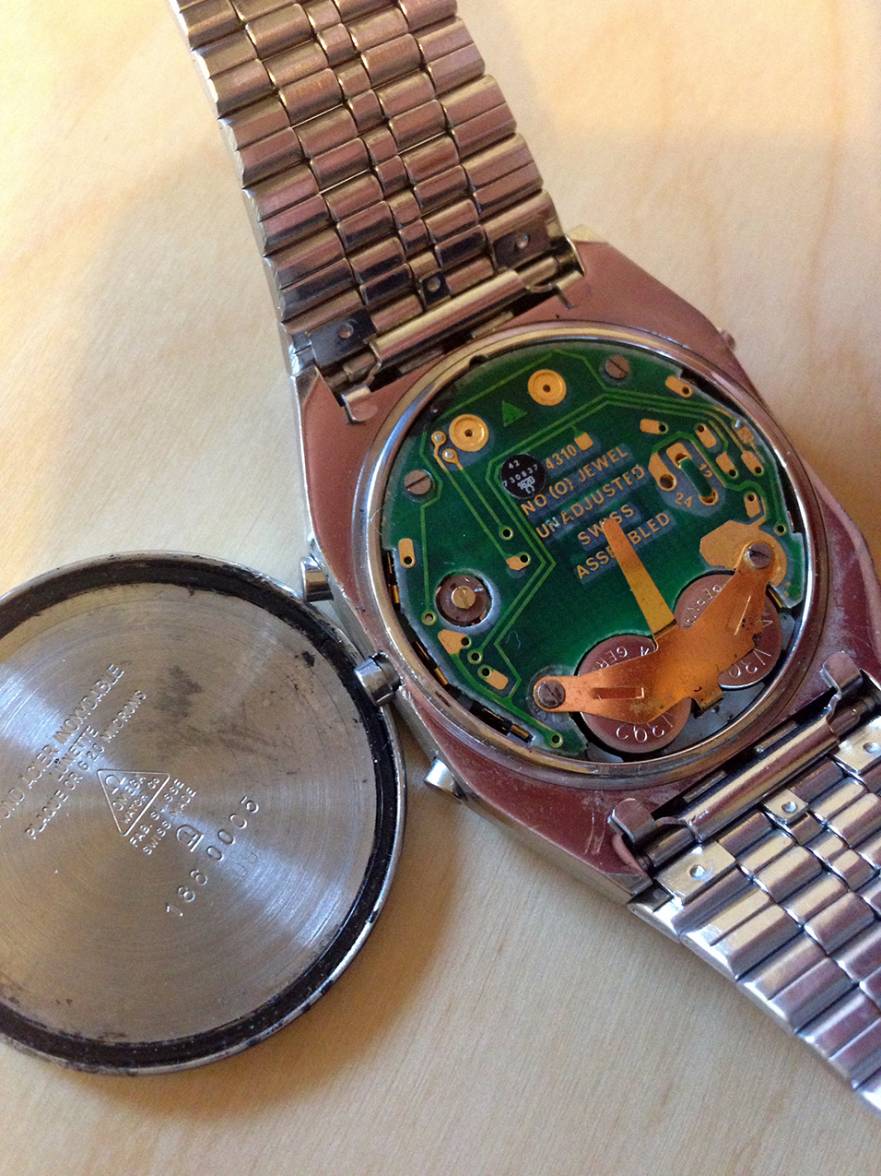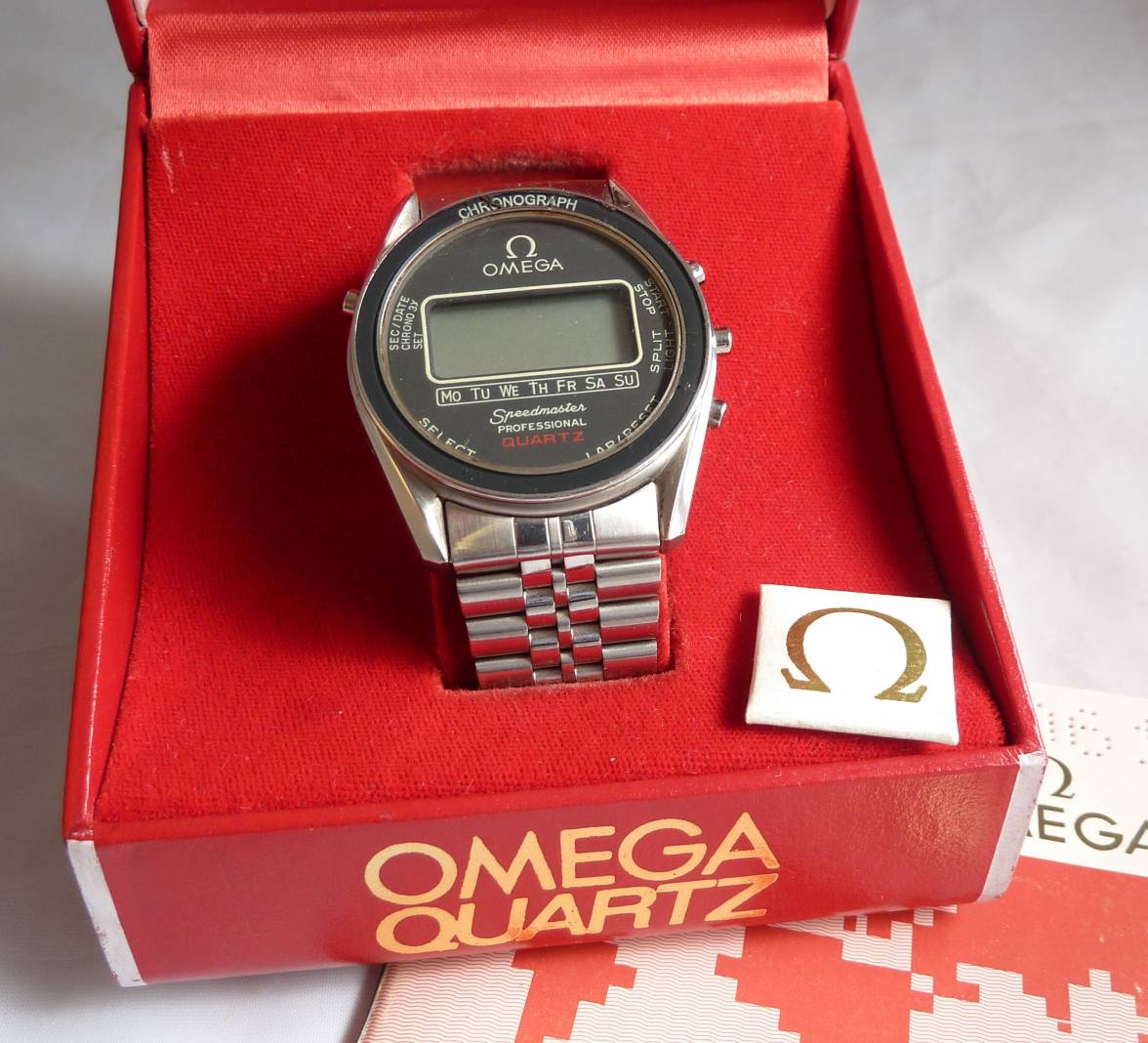Tom Dick
·Ive been hunting for some time for a very special watch (to me) and wanted the best example I could possibly find, well I guess it doesn't get any better than new and unworn with boxes and papers and one of the first examples made??
As those of you who know me (or have read my posts know) I love vintage quartz and love Omega, I've owned a great many including a number of very early quartz's. Since it’s introduction back in the late 1960’s quartz technology in wristwatches has revolutionised the watch industry, some would argue being the most significant development in watch making since the invention of the escapement and balance, others (and plenty on here) would moan about them being heartless junk and lacking some sort of horological soul! PPPAAAHH I say!!!!
The first ‘production’ watches appeared from Swiss makers in 1969 sharing what has now become the grandfather of quartz movements, the beta 21, a movement so advanced and expensive to develop and produce it took 16 independent Swiss watch companies working together including Rolex, Patek, IWC and Omega to develop the movement to a production model.
The beta 21 was a work of art, effectively a tuning fork watch, in a mechanical movement controlled by a quartz circuit with a frequency of 8192Khz or to us layman 8192 vibrations per second, at the time giving an unrivalled accuracy of circa 5SPM, far beyond that of even the best Rolex or Omega mechanical movements.
From there on it the quartz movement really took hold, technology developing and changing on an almost monthly basis. Throughout the 1970’s the technology spiraled out of control, new models, new movements and in many cases an almost unbelievable product line up, yes it nearly caused the collapse of the industry but it was an amazing time from both a development and design POV
Ive owned about 10 B21's but have always wanted a perfect example, I got an opportunity to get one recently and this is what materialised, one of the first few hundred to leave the factory (note the very low 31mil serial number) and accompanied by its original test manual, back in the day Omega asked customers to complete a timecard to help them determine accuracy in the field, from what I can gather this was only issued to the first 250 or so watches produced
The watch is keeping time to roughly 2 SPM off the wrist, considerably better than the 5SPM quoted
Anyway, enough rambling, I give you the Omega electroquartz:





As those of you who know me (or have read my posts know) I love vintage quartz and love Omega, I've owned a great many including a number of very early quartz's. Since it’s introduction back in the late 1960’s quartz technology in wristwatches has revolutionised the watch industry, some would argue being the most significant development in watch making since the invention of the escapement and balance, others (and plenty on here) would moan about them being heartless junk and lacking some sort of horological soul! PPPAAAHH I say!!!!
The first ‘production’ watches appeared from Swiss makers in 1969 sharing what has now become the grandfather of quartz movements, the beta 21, a movement so advanced and expensive to develop and produce it took 16 independent Swiss watch companies working together including Rolex, Patek, IWC and Omega to develop the movement to a production model.
The beta 21 was a work of art, effectively a tuning fork watch, in a mechanical movement controlled by a quartz circuit with a frequency of 8192Khz or to us layman 8192 vibrations per second, at the time giving an unrivalled accuracy of circa 5SPM, far beyond that of even the best Rolex or Omega mechanical movements.
From there on it the quartz movement really took hold, technology developing and changing on an almost monthly basis. Throughout the 1970’s the technology spiraled out of control, new models, new movements and in many cases an almost unbelievable product line up, yes it nearly caused the collapse of the industry but it was an amazing time from both a development and design POV
Ive owned about 10 B21's but have always wanted a perfect example, I got an opportunity to get one recently and this is what materialised, one of the first few hundred to leave the factory (note the very low 31mil serial number) and accompanied by its original test manual, back in the day Omega asked customers to complete a timecard to help them determine accuracy in the field, from what I can gather this was only issued to the first 250 or so watches produced
The watch is keeping time to roughly 2 SPM off the wrist, considerably better than the 5SPM quoted
Anyway, enough rambling, I give you the Omega electroquartz:







